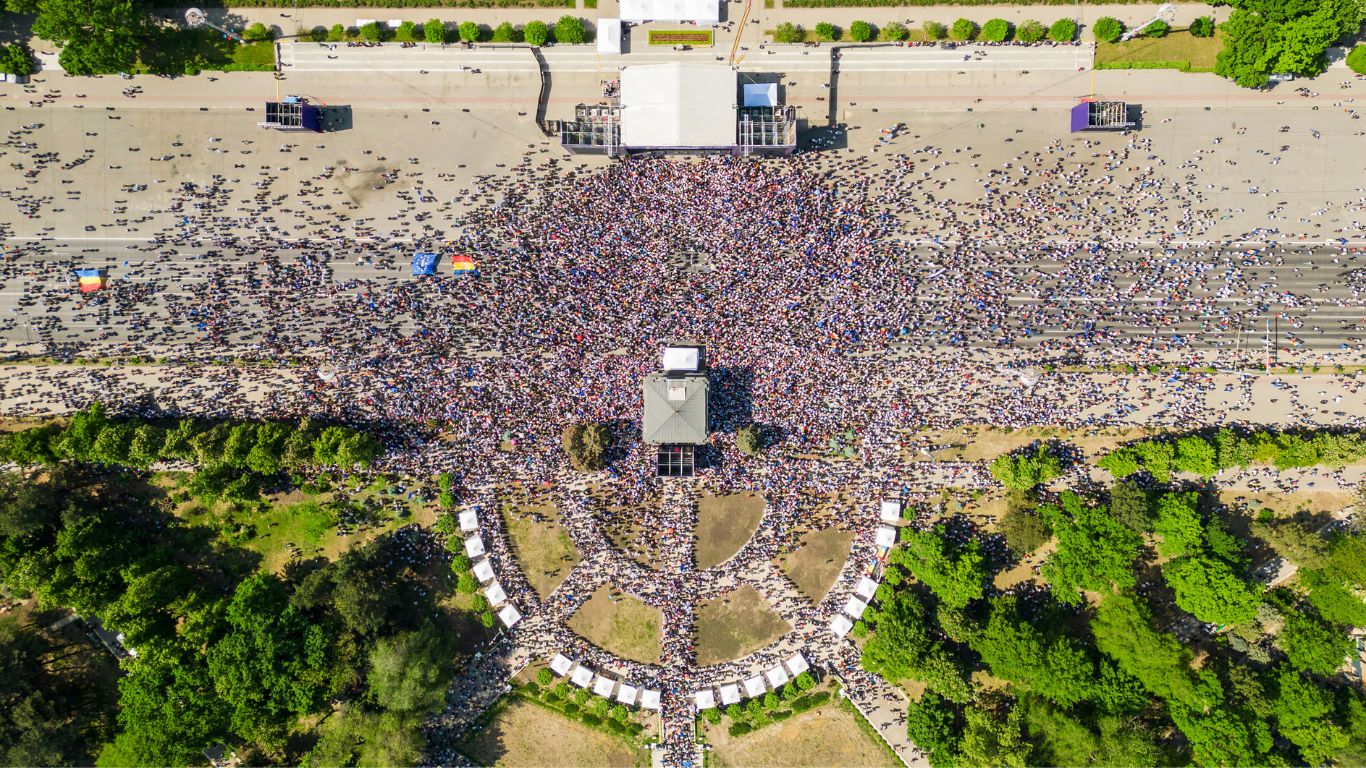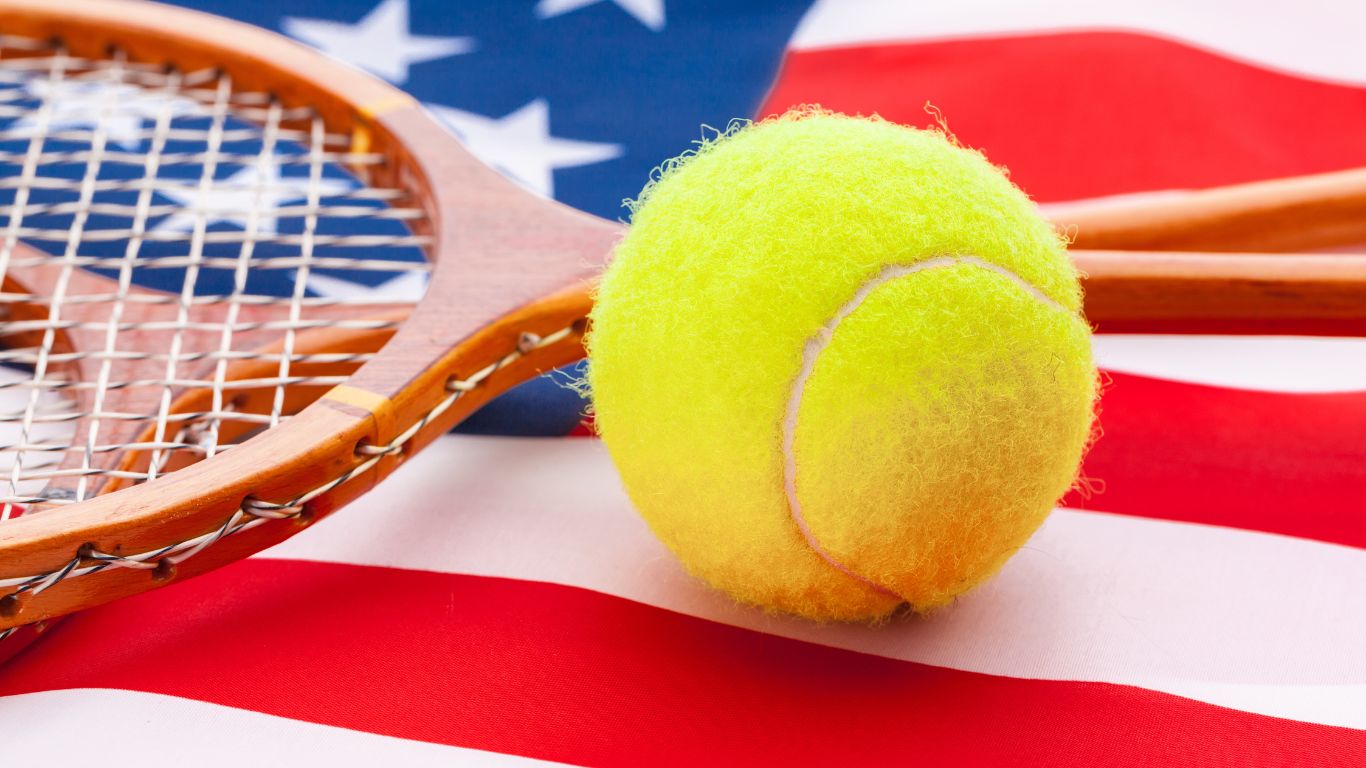The Assertion of Authority
Amidst the turbulent tides of 1789, the Tennis Court Oath surfaced as a profound declaration of the National Assembly’s intent to reforge France’s governance. It was an unequivocal affirmation from the Third Estate that their voice—the voice of the people—would orchestrate the symphony of change.
A Crucible of Revolution
On June 20, 1789, history was etched within the walls of an indoor tennis court. Representatives of the common folk, members of the recently proclaimed National Assembly, stood firm against the royal will. Leading figures such as Emmanuel Joseph Sieyès, Jean-Sylvain Bailly, and Honoré Gabriel Riqueti were at the vanguard of this pledge, steering the course away from absolutism towards self-determination.
Locked out of their usual meeting hall and driven by a spiraling financial crisis, these representatives coalesced into an unyielding force. Their Oath signified more than resolve; it was a lantern in the darkness for those yearning for constitutional order—a promise to remain united until France beheld a new constitution.
The Imprint of Unity

The immediacy of the Oath’s impact was apparent. It galvanized the Third Estate, now the National Assembly, and signaled the formal inception of a revolution that would shake the foundations of monarchical rule. This unity would challenge and dismantle the status quo, laying the groundwork for a France ruled not by a crown but by its citizens.
In the long term, the legacy of their vow resonated through the ages. The 1791 constitution emerged as the first breath of a new realm, and the monarchy’s power waned before the burgeoning republicanism. This seismic shift paved the way for the abolition of royalty and the rise of the First French Republic. The Oath’s principles—liberty, equality, and fraternity—have since been etched into the global consciousness, perennially inspiring causes for democratic governance and civil rights.
The Symbol of Power Transference
The Tennis Court Oath is not merely a remembrance of an ancient event but a testament to the moment when power began migrating from the throne to the crowds. The image of steadfast Assembly members, hands raised in solidarity, captures more than a pledge—it encapsulates an unwavering dedication to solidarity and self-governance. They stood not as subjects of a king but as free citizens laying the keel for a nation built on the will of its people.
FAQs
What was the Tennis Court Oath?
The Tennis Court Oath was a pivotal moment in the French Revolution. Members of the Third Estate, who had formed the National Assembly, pledged to refrain from disbanding until they had drafted a new constitution for France. This event occurred on June 20, 1789, inside a tennis court.
Who were the key figures in the Tennis Court Oath?
Emmanuel Joseph Sieyès, Jean-Sylvain Bailly, and Honoré Gabriel Riqueti were crucial figures. They played significant roles in leading and organizing the Oath as representatives of the National Assembly.
Why did the Tennis Court Oath happen?
The Oath was a reaction to France’s financial crisis and political discontent. King Louis XVI locked members of the Third Estate out of their usual meeting place and gathered in a tennis court to take a stand against the absolute monarchy and assert their desire for a constitutional government.
What was the outcome of the Tennis Court Oath?
The immediate outcome was the unity and determination it inspired among the members of the Third Estate, leading to significant political traction for constitutional change. In the long term, it marked the beginning of the end of monarchical rule in France, laying the groundwork for creating the 1791 constitution and the eventual rise of the French Republic.
Why is the Tennis Court Oath significant?
The Tennis Court Oath is significant because it symbolizes the moment power began to shift from the monarchy to the people, setting the stage for democratic developments in France and worldwide. It embodies the principles of liberty, equality, and fraternity, which have inspired countless movements for democracy and civil rights globally.
Conclusion
The Tennis Court Oath remains an immortal symbol of unity and the shared vision of a nation unshackled from absolute rule. Its echo carries forth through centuries, reminding all who listen that the people’s will when summoned with courage and conviction, can reshape the arc of history.









